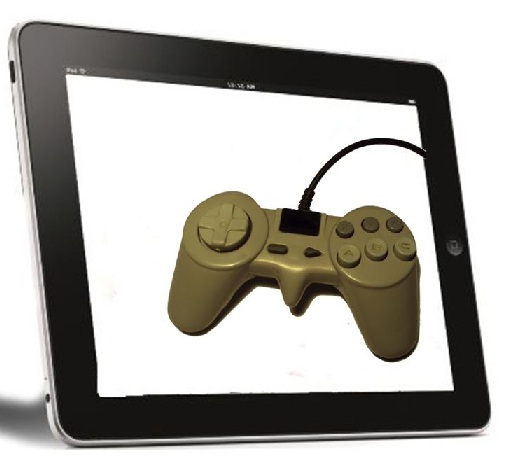 Valve begins to take mobile gaming more seriously
Valve begins to take mobile gaming more seriously
Mobile gaming has been picking up steam steadily for the past few years, and now large game companies are finally beginning to pay more attention to the burgeoning sector. Large development studios are beginning to see the promise that is held within the mobile gaming market and some are beginning to make a serious effort to enter into it. Valve is hard at work on a new console that called the Steam Box, but that does not mean that the company is ignoring the mobile space, as it does actually have some major plans for mobile gaming.
Littlefoot will be new mobile gaming device from Valve
Valve is currently developing a mobile gaming device that has been codenamed “Littlefoot.”The Steam Box is taking up a significant amount of Valve’s resources, but the company has plans to launch Littlefoot as soon as possible in an effort to take advantage of the massive hype surrounding mobile gaming. There is a chance that the two consoles will come out at the same time, as speculation suggests that Valve has been developing the products side-by-side. Before Steam Box had an official name, it was known as “Bigfoot.”
Littlefoot and Steam Box likely to have some sort of connection
Littlefoot may be a tablet device or something similar to a smart phone, but specific details are not yet available. It will be used for mobile gaming, however, and have some form of connectivity with the Steam Box. Littlefoot may actually be a sort of controller for the Steam Box that allows gamers to play games without actually having to physically connect to the console itself. It may also be used as a standalone product, similar to the way the Wii U and its Gamepad work.
Hype continues to grow for the Steam Box
Mobile gaming has managed to catch the attention of Valve, which is one of the most celebrated companies in the game industry currently. Among consumers, Valve rarely makes mistakes, thus the hype surrounding the Steam Box and its Littlefoot counterpart is only expected to increase in the months leading up to the release of both products.

 Apple devices are maintaining their integral role in the sales from the company’s digital goods store.
Apple devices are maintaining their integral role in the sales from the company’s digital goods store.